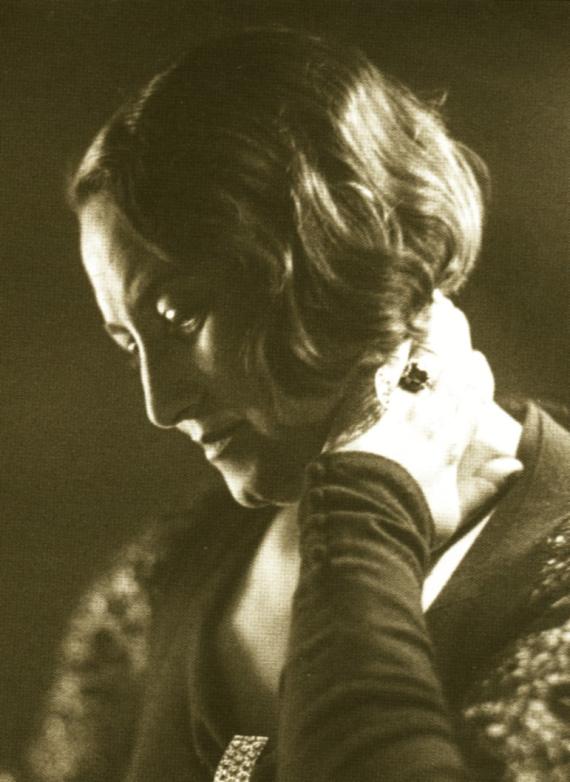Bürgerwiese 6
Sachsen
01069 Dresden
Germany
The photographer Genja Jonas was born Jenny Jonas on September 2, 1895 in Rogasen/Posen (now Rogozno). She grew up as the second child of the Jewish cigar merchant Simon Sigismund Jonas together with three siblings in Bromberg. She went to Berlin to train as a photographer and worked as a professional photographer from 1912. She then settled in Dresden, like her younger brother Kurt, where she opened her photo studio, called Portikus, at Bürgerwiese 6 in 1918. Genja Jonas quickly became a popular portrait photographer who soon gained a reputation far beyond Dresden, even in Europe. The friendship of her husband, the writer and editor of the Dresdner Neueste Nachrichten Alfred Günther, brought the photographer together with the dancer Gret Palucca and made a widely famous series of photographs possible in her studio on the Bürgerwiese. She also photographed well-known personalities from the Dresden art and culture scene. Her children's portraits, in which she tried to capture the child's personality with naturalness, were of particular quality.
In the 1920s, the photographer's parents also moved to Dresden. Both parents were initially able to emigrate to the Netherlands during the Nazi regime, but were arrested there and murdered in the Sobibor extermination camp on July 23, 1943. In 1935, the photographer was expelled from the „Gesellschaft Deutscher Lichtbildner“, of which she had been a member since 1932, because of her „non-Aryan origin“. After an illness made emigration to England impossible, Genja Jonas only escaped deportation through her early death in Dresden on May 8, 1938.
From: https://www.deutschefotothek.de/documents/kue/90030286

Add new comment